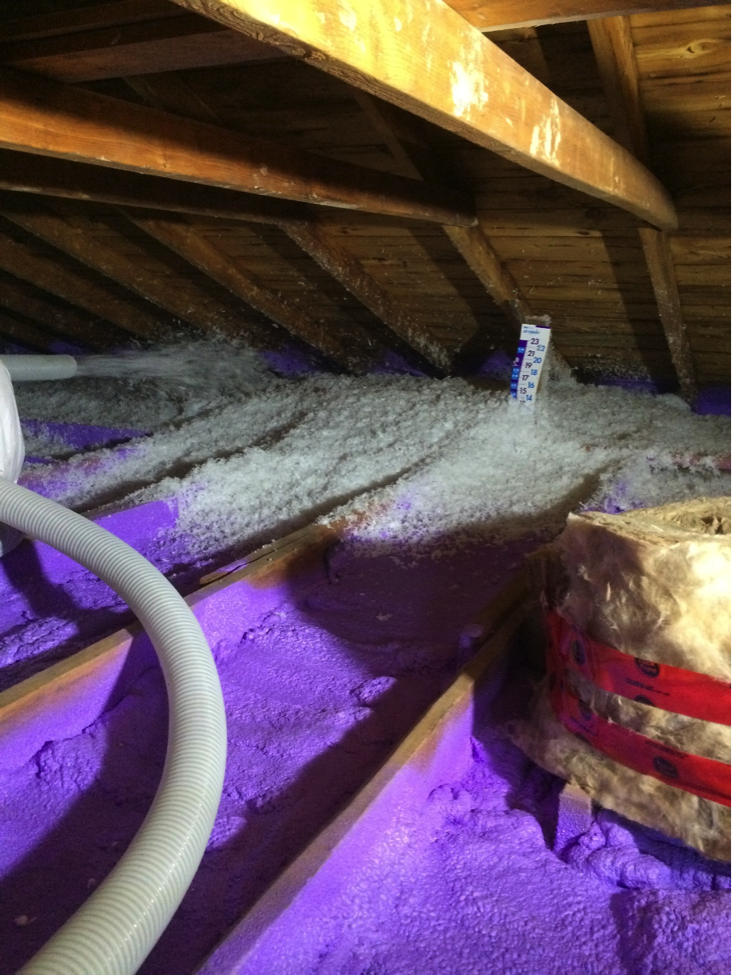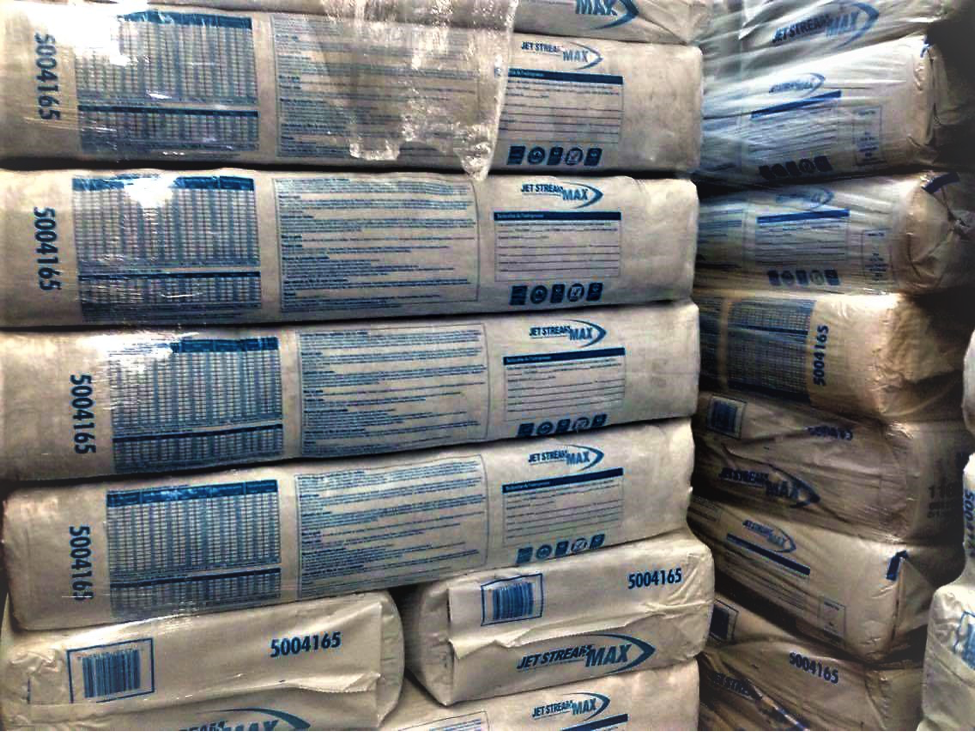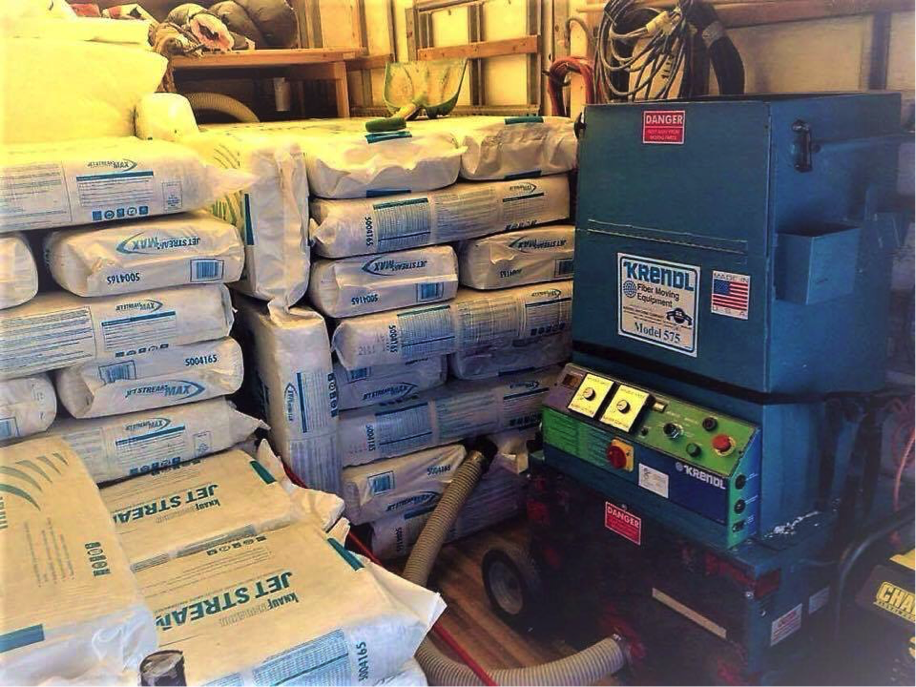Blown-In Insulation
Blown-in insulation allows hard-to-reach places- namely, all the nooks and crannies of garages, crawlspaces, and attics- to be properly sealed off.
Blown-In Insulation services in the GTA
Also known as loose-fill insulation, the materials used for blown-in insulation are identical to insulation batts. The main difference is the way the product is applied to your building. With blown-in insulation, technicians use a machine whose controls and fuel source are mounted to a truck. The machine shreds the insulating material and uses a hose to deliver the material to desired parts of the building.
Blown-in insulation is used wherever batts cannot be fitted- anyplace outside of wall and ceiling cavities. Where walls have been fitted with electrical boxes, wiring, ventilation fixtures, and plumbing, batt insulation proves too troublesome to properly cut and fit. Blown-in insulation is known for its ability to fill holes, cracks and cavities in hard-to-reach places.
When installed by a skilled professional, blown-in insulation offers the following benefits:
- Blown-in insulation performs better than batts made of equivalent materials
- Quick installation when performed by technicians
- Blown-in insulation has sound deadening ability
- Noise carried between rooms as well as from the outside, is reduced
- Fire resistance
- Keeping pests and rodents at bay
- When heating escapes the house, animals notice a source of warmth. They make their way into the attic, causing all sorts of health concerns.
- Helping to protect the environment
- Both cellulose and fibreglass materials feature recycled material
- Year-round energy savings
Cellulose Blown Insulation
- Made of ~75% recycled newsprint and paper composites
- Paper materials are treated with fire retardants before being used for insulation
- Cannot be exposed to moisture, or mold and rot will develop
- Not an air barrier, but provides greater airflow resistance than fibreglass
- Rated at around R3 to R4
Fibreglass Blown Insulation
- Made of glass fibres that come from recycled glass
- Guards against moisture; fibreglass insulation does not lose R-value from water absorption
- Fiberglass insulation comes in two forms: virgin wool and low-grade
- One Alliance Insulation uses only virgin wool fiberglass
- Virgin wool fiberglass prevents the spread of dust and skin allergies
Call upon our technicians at One Alliance Insulation- we have the resources and protective equipment to get the job done in a safe and timely manner.




